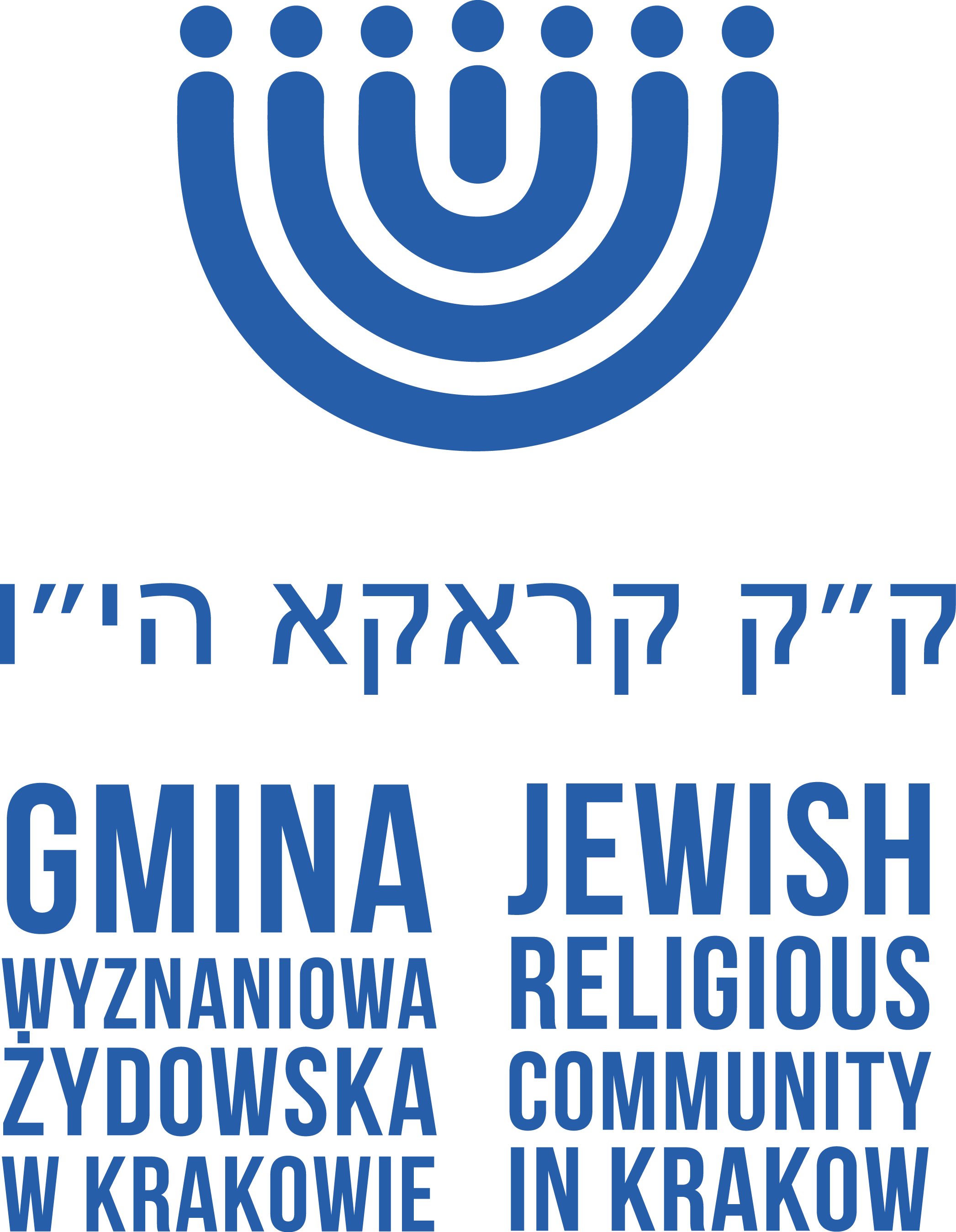BS”D
8 Ijar 5781
Ludwik Herz (22), Lonek Lindenberger (24), Beniamin Rose (23), Rutch Joachisman (21) and Henryk Unterbuch (42) were murdered in Nowy Targ on 20 April 1946.1
The victims were made to stand on the side of the road and then were executed. Henryk Unterbuch was the one who – according to the testimony of the driver, Henryk Hałgas – tried to escape. He was shot in the head and chest. The victims were robbed. Right after the murder, another car was stopped, a bus full of people, among them a policeman as well as a sergeant of the border guard unit stationed in the town of Nidzica. After an identification check all passengers were released. [The soldiers] also stopped a truck driven by Wojciech Rapacz, who was transporting petrol for the District Car Service Office in Nowy Targ.2
Janina “Stokrotka” Polaczyc testified in 1947: “About the murders that my brother-in-law (Józef Kuras, “Ogien”) committed, I can say that he murdered five Jews near Nowy Targ. Among the partisan groups that were in town on that day, there was also Bronislaw Polaczyk, the father-in-law of Kuras. Some militamen (policemen) were recognised among them. In July charges were brought against Franciszek Pierwola, Józef Kowalczyk and Polaczyk by the Military Regional Tribunal in Krakow. Franciszek Pierwola, the only suspect who testified, said he did not take part in the murders of 20 April 1946. He claimed, at the time, to be securing a camp in the woods near Ostrowski. “I heard about the shootings of those people after the members of the gang came back. I don’t know exactly who were the murderers, since there were about 40 gang members when those civilians were shot.” On the day after the murder, 21 April 1946, the marriage of Ogien and Czeslawa Polaczykowna took place. “He got married openly in a full church”, said Stefanie Hreska.
The funeral of the victims took place on 23 April 1946 in Krakow. Like the marriage of Kuras, it was used politically: Behind a wreath with “Jewish Society – victim of reaction” in Polish and Yiddish, a detachment of uniformed decommissioned soldiers walked by. The coffins were then carried away, behind them went the rabbinate, the family, the Jewish Committee, representatives of the government as well as those of Polish and Jewish parties as well as part of the public. The kibbutz youth lined the streets as they walked by.
1 https://zagladazydow.pl/index.php/zz/article/view/713/675 (English)
2 op. cit.
3 https://zagladazydow.pl/index.php/zz/article/view/713/738 (Polish)
May they rest in peace and what went on those mountains never be forgotten and the criminals punished.
By Dr. D. Cohen, sources: the Jewish Religious Community of Kraków’s Facebook post and the publications above.

